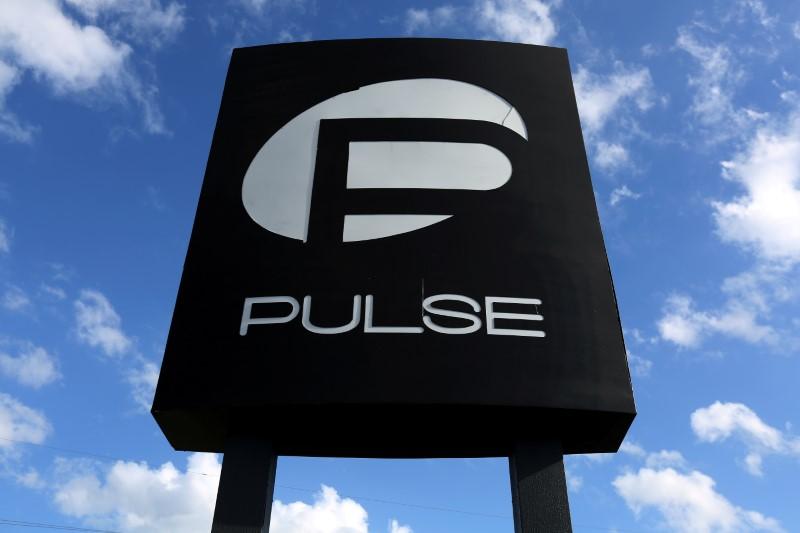Commentary
An old saying goes that the more things change, the more they stay the same. In 1988, the late President George H. W. Bush rolled out his vision for a “kinder, gentler America.” This lofty ideal was met with disparagement for symbolism that lacked teeth.





